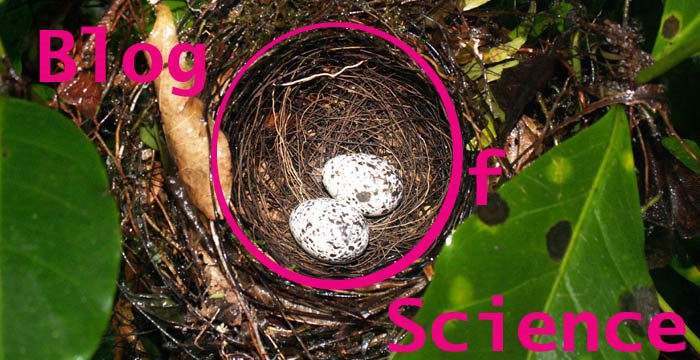I first met Jerram Brown in 1999, when I was a senior at Bennington College. My adviser, Betsy Sherman, had been his student many years earlier. I was about to graduate from college and he was about to retire from a very long and extremely successful career in exactly the part of biology I was interested in. For the previous 30 some years he had been studying the behavior, ecology, demography and so forth of the Mexican Jay. I asked him about the possibility of working for him, but I was too late, his retirement plans were gathering momentum. He officially retired in 2002.
When I graduated, I went to work for Glen Woolfenden, who had an almost as long-term study of a very closely related bird, the Florida Scrub-Jay. Glen and Jerram, for reasons I don't know, had some sort of tension between them, and I had no further contact with Dr. Brown's group.
Looking through the program of the Animal Behavior Society Meeting I just attended, I was very excited to see that Jerram Brown would be momentarily be coming out of retirement to accept a distinguished researcher award and deliver a plenary address on his work. That talk was the last morning of the conference, and it turned out far more interesting than even I had suspected.
His data set on the Mexican Jays is shockingly extensive. In addition to the multi-decade highly detailed demographic data, he has an enormous number of ancillary data sets, many of which he had never gotten around to publishing, because he had not found any theoretically important question they could be used to answer. But as he heaped data upon data, I came to realize something. These data he had gathered because he could, rather than because he had a particular question in mind, were potentially exactly the data one of my advisors, Ron Lee, needed to test some of his hypotheses on the importance of intergenerational transfers of resources (in this case food) to the evolution of longevity and sociality. Dr. Brown had records of >26,000 individual food transfers, including who was transferring, to whom, how old each one of them was and how they were related to each other. My heart started thumping. I had to get Jerram's data and Ron's theoretical framework and analytical prowess together. But most scientists jealously guard the data sets they spent their lives gathering. And Ron is already terribly busy with far too many projects, would he even be interested?
Then Dr. Brown said, as part of his planned talk, something I have never heard any scientist say before, even though we probably should all say it sooner or later, "I will gladly turn over my entire dataset to anyone who can make good use of the data." There was a loud gasp. It was me, but not only me, several people gasped. He may as well have said, "I will turn over all this gold ore I have spent my life mining to anyone who can smelt it."
Immediately after his talk, I went up to speak to him. I shook his hand, told him that I was a former student of his former student (in case it helped) and began to tell him about Ron and his work. Another fellow, a Dr. Ha, came up and said that he would like to apply for NSF funds to hire a post-doc to work with Dr. Brown to make sure the data set is preserved and made available. He said that if Ron were involved, this would increase the chances of getting the funding, as NSF would want to know the data would be put to good use.
With some trepidation, I emailed Ron and told him all this. He wrote back almost instantly saying it sounded like a great opportunity, and he would love to join this collaboration, but would want, "some more junior researcher with more years of research ahead of him/her" to be involved, and suggested that I was the "leading candidate."
So this all raises the very real possibility that I may be spending a couple of years immediately after my doctorate applying Jerram Brown's data to Ron's hypotheses (and perhaps a few hypotheses of my own). I haven't yet figured out if this is something I actually want to do, and would be able to accomplish, but the prospect is very exciting all the same.
 By plotting mx and lx on the same graph I make it visually clear (to a demographer) that the population nears an endpoint to fertility (age M) long before it nears an endpoint of survival (age Z). I then go on to use some math and demographic methods to define good ways to measure post-fertile survival in ways that allow for straightforward comparisons between species. I call the two measurements G and S. But the fun part comes in when I use the graphical format established in Figure 1 to compare populations in Figure 2:
By plotting mx and lx on the same graph I make it visually clear (to a demographer) that the population nears an endpoint to fertility (age M) long before it nears an endpoint of survival (age Z). I then go on to use some math and demographic methods to define good ways to measure post-fertile survival in ways that allow for straightforward comparisons between species. I call the two measurements G and S. But the fun part comes in when I use the graphical format established in Figure 1 to compare populations in Figure 2:

